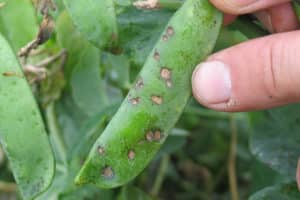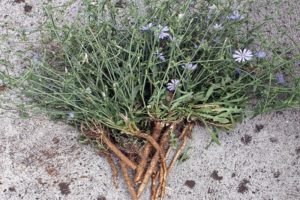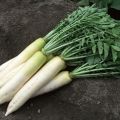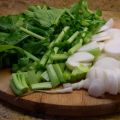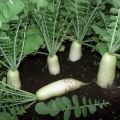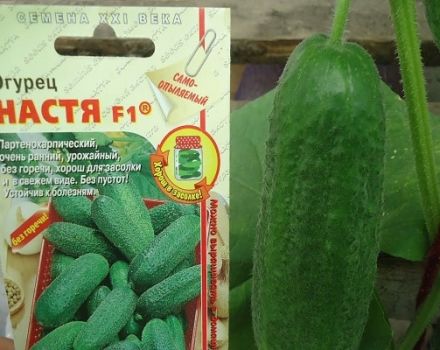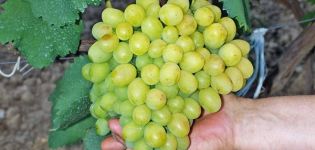Growing parsnips, planting and care in the open field in the country, the main varieties of culture
This root vegetable is an irreplaceable supplier of vitamins, carbohydrates, mineral compounds. It grows in the beds in almost every household plot. But growing parsnips from seeds has many nuances, adhering to which you can get large and tasty root crops.
Description of the plant
The name comes from pastus - translated from the Latin "food", "food", "food". Cultivated plant of the celery or umbellifera family. Came from the Mediterranean countries.
It is a relative of parsley, carrots, but differs in the color of the root crop - not orange, but white or cream. The root vegetable is sweetish in taste, highly appreciated for its aroma.
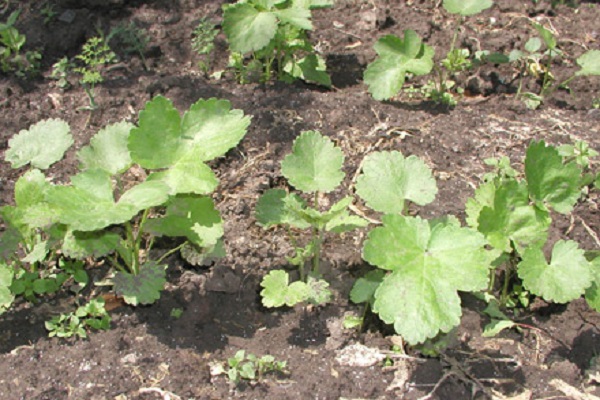
Parsnip bushes have large, rich green leaves, one- or two-pinnate, similar to celery leaves, with a subtle odor and tart taste. The stem is branched, empty inside. Taproot, thickened, round or conical. Flowering stems with yellow umbrella-shaped flowers appear in the second year in the middle of summer. All parts of the plant contain 0.3 to 3.5% essential oil.
As a “winter” vegetable, parsnips are stored in cellars and are an excellent source of vitamins. The root vegetable includes proteins, carbohydrates, fats, and fiber.
Note! Parsnip is an excellent honey plant, food for birds and animals - it improves the taste of meat and milk.
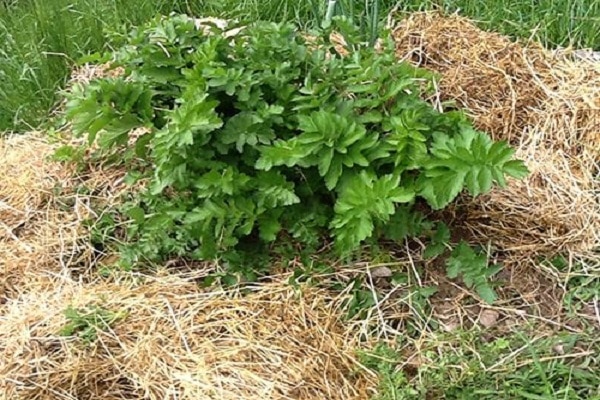
Popular varieties of parsnips
There are many types of this garden crop. They differ from each other, first of all, in the shape of the root crops. The varieties with round fruits are considered more hardy. With regard to the timing of ripening, you can plant early, mid-season and late parsnips.
Most popular varieties:
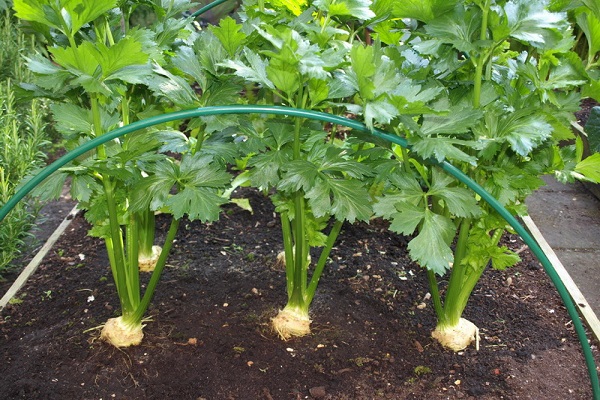
- Round. Refers to the early maturing. Differs in white, fragrant pulp. The root crop is round, reaching a mass of 180 grams.
- White stork. Mid-season, high-yielding variety. It takes 116 days to ripen. The root crop itself is conical, weighing about 100 grams. Juicy, tasty, storage-tolerant.
- Boris. Ripens for 120 days. The pulp is creamy, firm and juicy.
- Guernsey. It will take 10 days to harvest. For seeds to germinate, it is enough to have + 2 outside aboutC. Conical root vegetable with creamy, juicy pulp.
- Gladiator. Mid-season species with high productivity and fast growth. The vegetable has a sweetish taste and white flesh. The average weight of the root crop is 150 grams.
- Hormone. An early variety, ripens in about two and a half months. Weighs 120 grams. The white pulp is very aromatic.
- Delicacy. Mid-season species. The root crop is round, large. One weighs more than 300 grams. The pulp is white with yellowness.
- Culinary specialist.Early ripening species, you can get the harvest in 90 days. The root crop itself is round, slightly flattened. Its weight can reach 150 grams. The pulp is juicy, grayish. It has a bright aroma.
- Student. Late grade. Withstands drought well. The root crop grows 25 centimeters. The structure is white, fragrant.
In addition to the above, there are other, hybrid species and varieties of foreign origin. Any culture, parsnip among them, loves comfortable conditions. That is, optimal humidity, temperature, fertilization, loosening. A responsible approach to growing will allow you to get a bountiful harvest of high quality root crops.
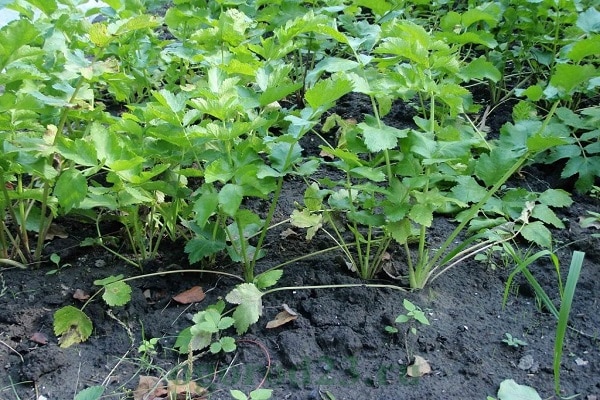
Growing parsnips
Parsnip is a biennial plant: the seeds are flat, round and light brown in color, about 5 mm in size. After sowing in open ground, it gives root crops, from which seeds are again obtained the next year. The seed remains germinating for about two years.
You can leave a few parsnip roots to winter in the ground, until spring, without visiting the country. Such agricultural technology ensures that with the arrival of warmth, they will quickly please with lush greenery, which will bloom in June with small yellow flowers in umbrellas. Then grains appear, which are collected before shedding as they ripen. Parsnips can be grown from seeds the next year.
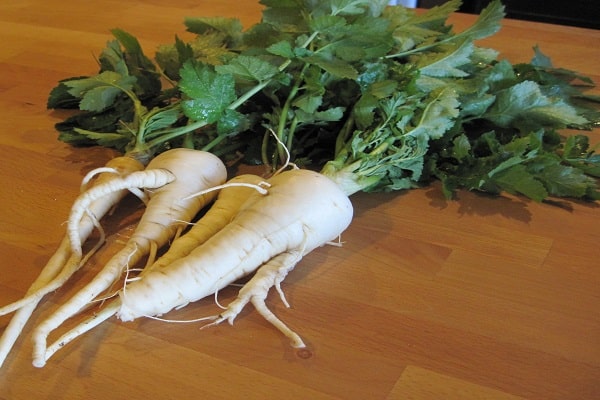
Planting parsnips
This useful plant is sown in a pre-prepared area before winter until October 15. Seeds (several pieces) are buried in shallow (about 4 cm) holes, 10 cm apart from one another. Between the rows, they stand 40 cm. The seedlings that appear in the spring are thinned out - they choose the strongest-looking plant, which is left.
Seed sowing dates
Seeds are sown as soon as the ground thaws - most often in April, as this is a cold-resistant plant. Experts suggest soaking the seeds before sowing in warm water - up to 2 days, changing the liquid as it cools, then drying it. After sowing, the seeds are covered with earth, trampled down and watered. Germination is expected for about three weeks.
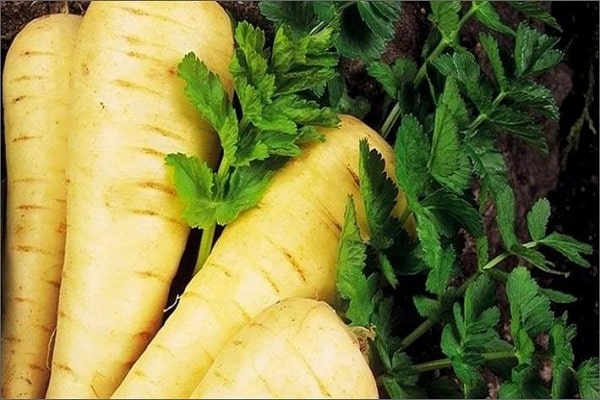
Since the ripening of root crops takes a long time, gardeners often grow parsnips with seedlings sown in March, then planted in open ground by mid-May. Parsnips are sensitive to transplanting, therefore, 2-3 seeds are planted in paper or peat pots, slightly covered with a small layer of soil with a peat base and covered with a film.
The crops are aired daily - the film is shifted by about a quarter of an hour. Sometimes grown seedlings need additional lighting. And it is demanding for watering: they moisten the soil carefully - avoiding stagnation of moisture.
Advice! After the appearance of two leaves in the sprout, the extra ones in the pot are pinched, not removed, in order to avoid damage to the root of the most powerful plant.
Ground requirements
Parsnip loves sunny beds, and tolerates partial shade. The soil requires sandy loam and light loamy with a neutral reaction, rich in humus. Acidic soils must be treated with lime. The best harvest of parsnips will grow after onions, cabbage, beets, potatoes, tomatoes, courgettes and pumpkin.
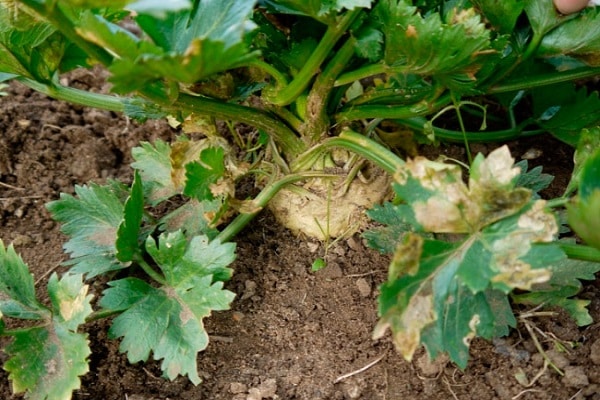
Preparing for landing
The soil for parsnips is prepared as follows: in the fall they dig it up, fertilizing with rotted manure (for 1 m² - half a bucket). In the spring, the digging is repeated, leveled and made a high bed for seedlings. The sprouts can be planted in special depressions to the height of a peat pot, the distance between the pits is about 10 cm, about 40 cm is left between the rows. The bed must be watered.
Caring for parsnips
When working with parsnips, it should be borne in mind that in the heat, the plant releases an essential oil with a burn effect, therefore, preference is given to the time before sunrise and after sunset.Gloves and protection of exposed areas of the body are also required.
With regards to loosening and weeding, the first time it is carried out when sprouts appear or if it is clear that the seedlings have begun. In the future, hoes after rains, watering. Remove weeds.
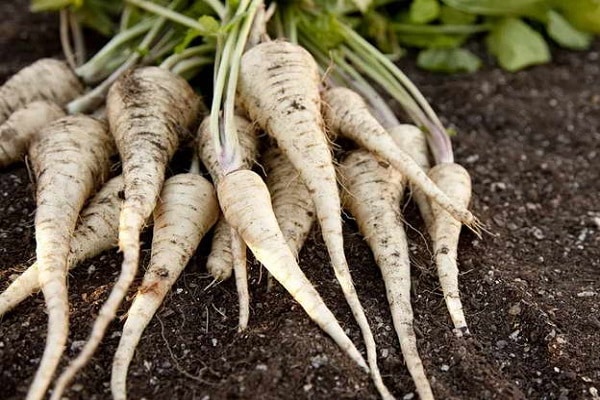
Fertilizer
For the entire growing season, it is enough to feed 3-4 times. Fertilize with an infusion of ash, a solution of mineral fertilizers, that is, in the form of a liquid. Fresh manure will reduce the quality of root crops.
Top dressing with products with a high nitrogen content - 7 and 28 days after planting seedlings. Phosphate and potash fertilizers - in July.
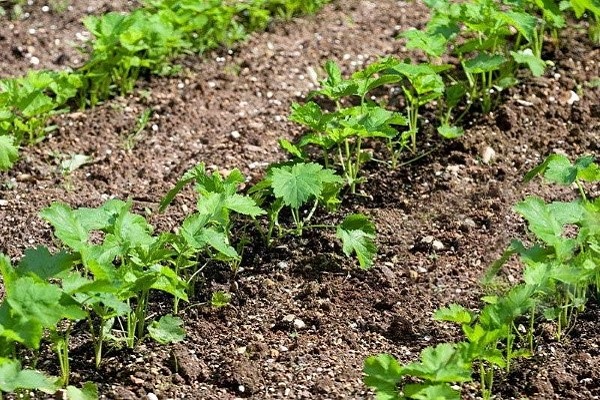
Treatment
With the correct crop rotation, high-quality preparation of the beds and seeds for planting a crop, parsnips rarely get sick. The most common diseases are septoria and cercospora. They infect stems and leaves.
If a fungus is found on root crops, the diseased units are removed, the rest are treated with a Bordeaux mixture (one percent solution), Topsin - M, Fundazol.
The caraway moth, the bug and the striped bug are destroyed by Karbofos, Aktellik. Aphids are the most serious and insidious pest - Antitlinom or Confidor (for Colorado beetles).
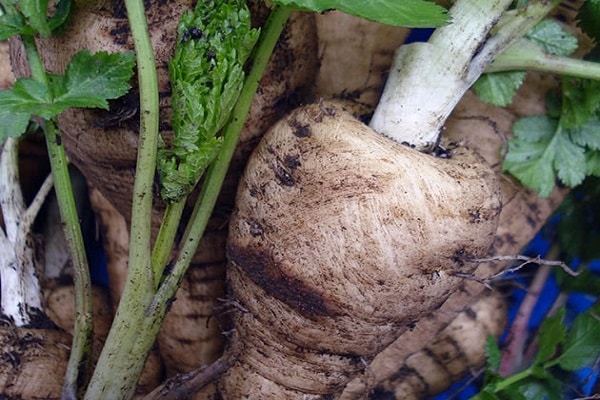
Watering Tips
Parsnip belongs to moisture-loving garden crops. He needs irrigation 4-5 times in hot weather, in rainy weather - there is no need to water. Parsnips react to a lack of moisture with poor growth, shooting and low-quality root crops.
Excessive humidity can lead to fungal diseases.

Cleaning and storage
In the fall, when the tops are dry - around October, the roots are removed from the garden bed, dug out with a pitchfork, the leaves are cut off and dried. Sand is prepared in the cellar, in which vegetables are placed. Temperature is maintained up to +20 С, humidity - up to 85%.
If the winters are snowy and not very cold, the parsnips can be left in the ground until spring by cutting off the leaves and sprinkling them with soil. In the spring, the specimens left behind are dug out before the leaves appear, otherwise the taste will deteriorate.
Parsnips are unpretentious and hardy, responding to self-care with excellent taste and vitamin properties. It is less nutritious than potatoes, more useful than carrots. And does not accumulate nitrates. It is very necessary, beneficial and nutritious for humans.

